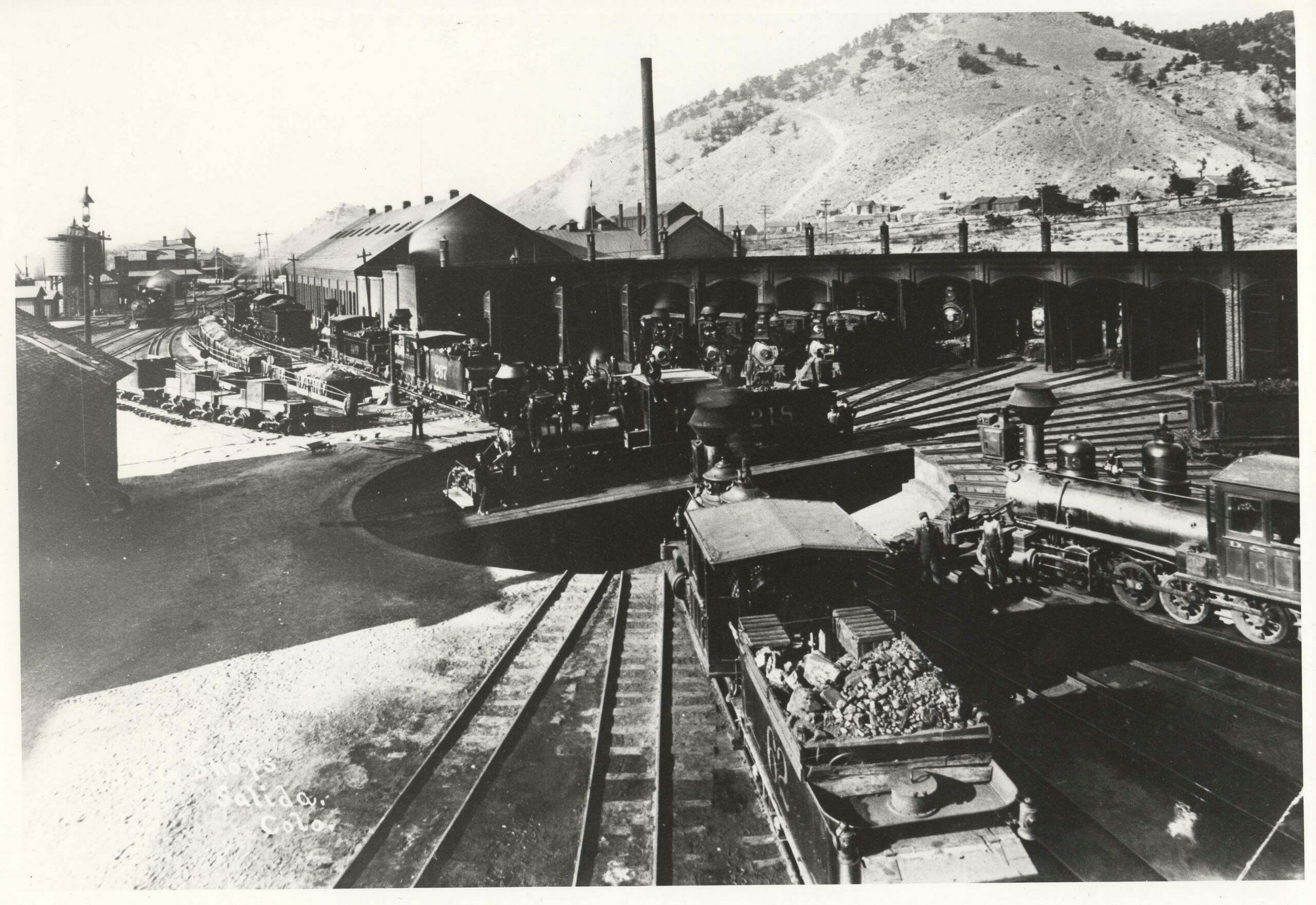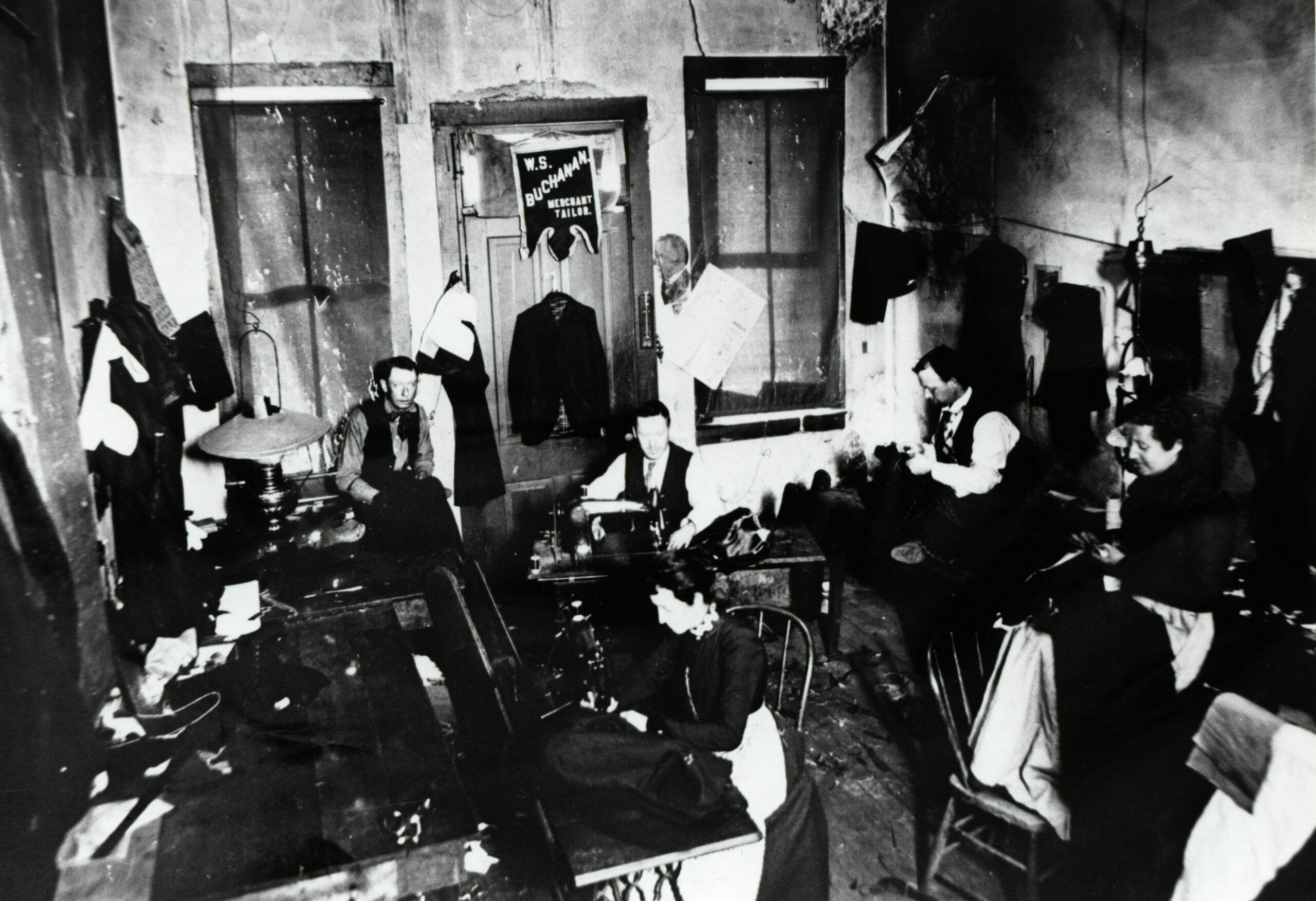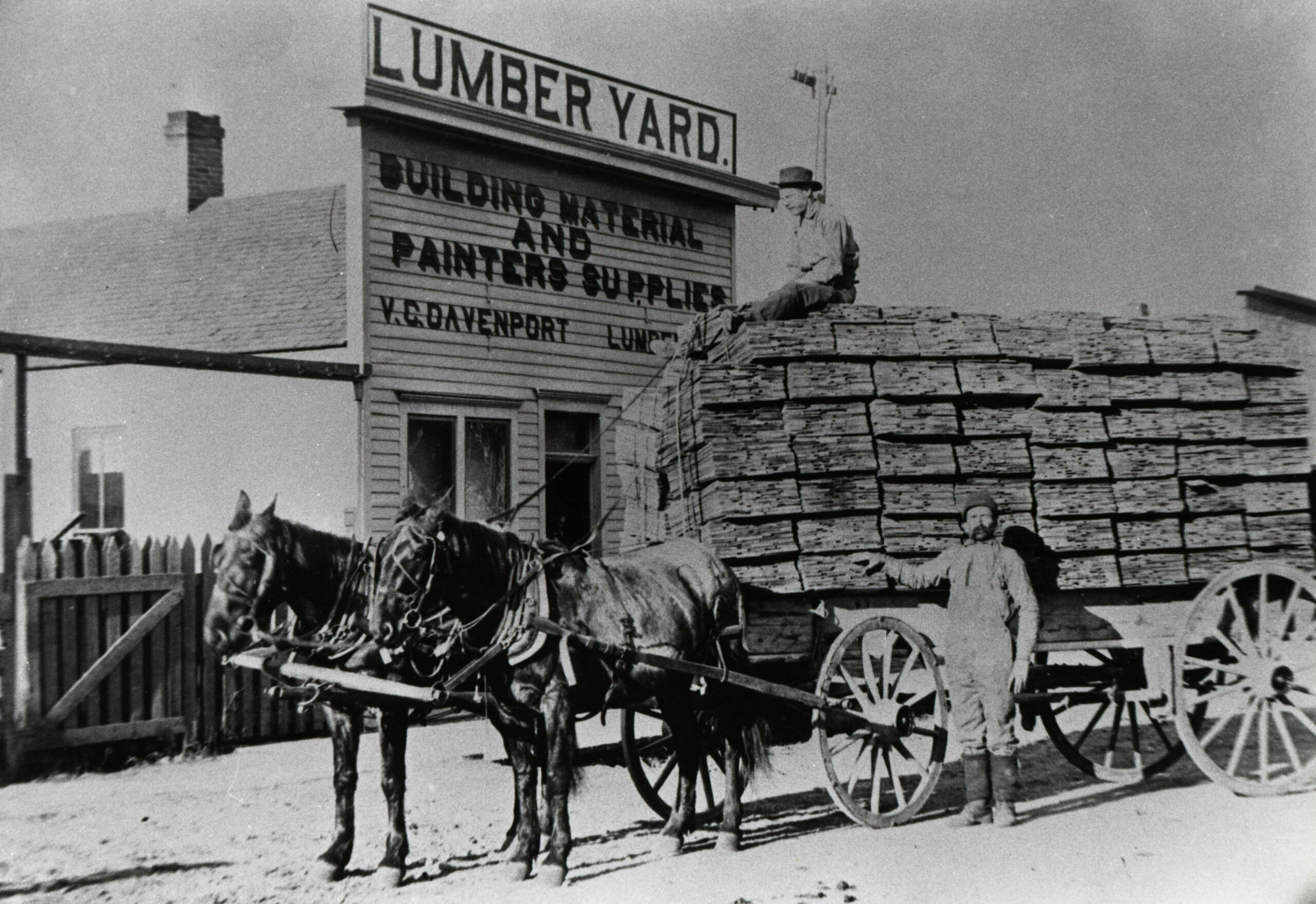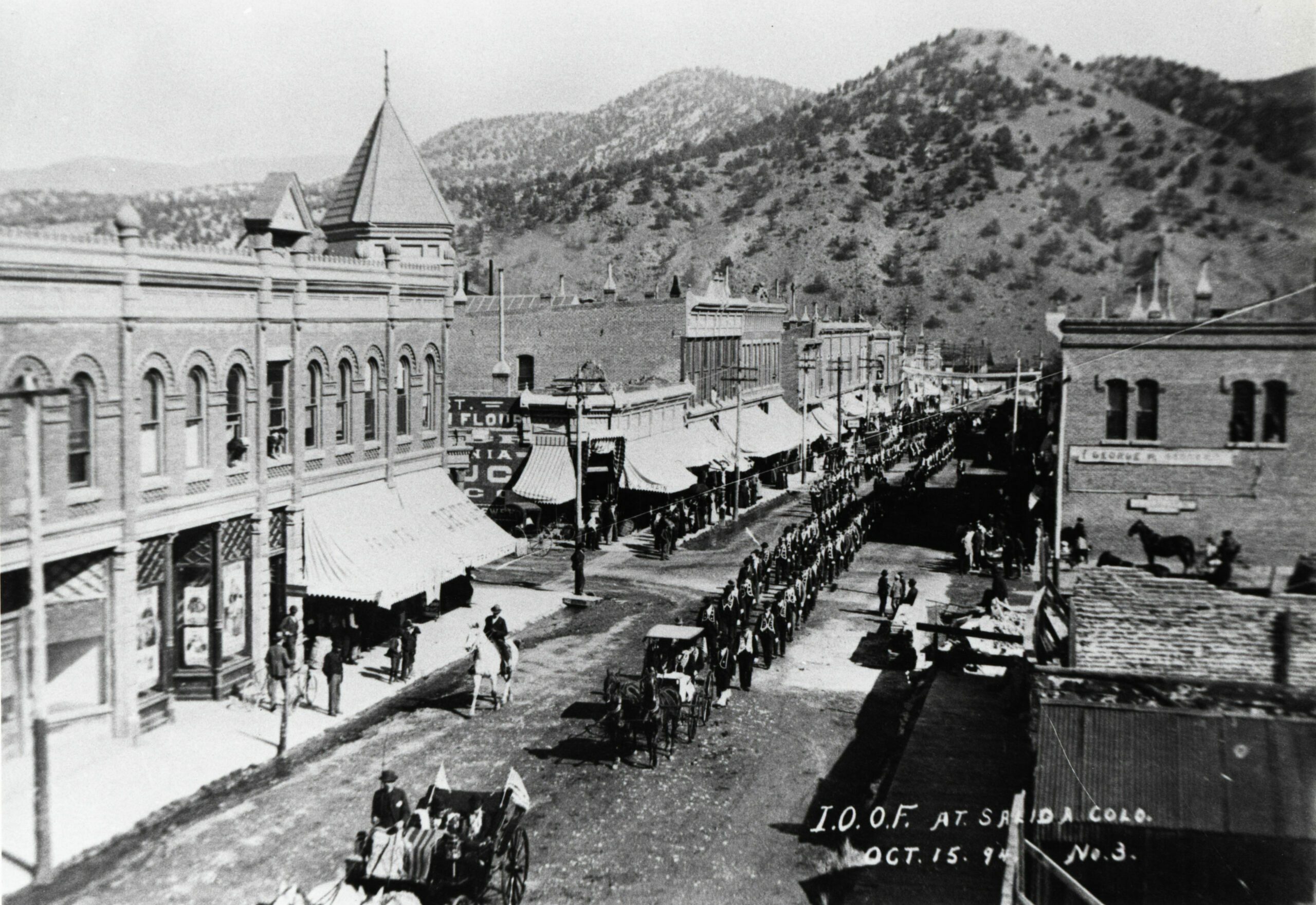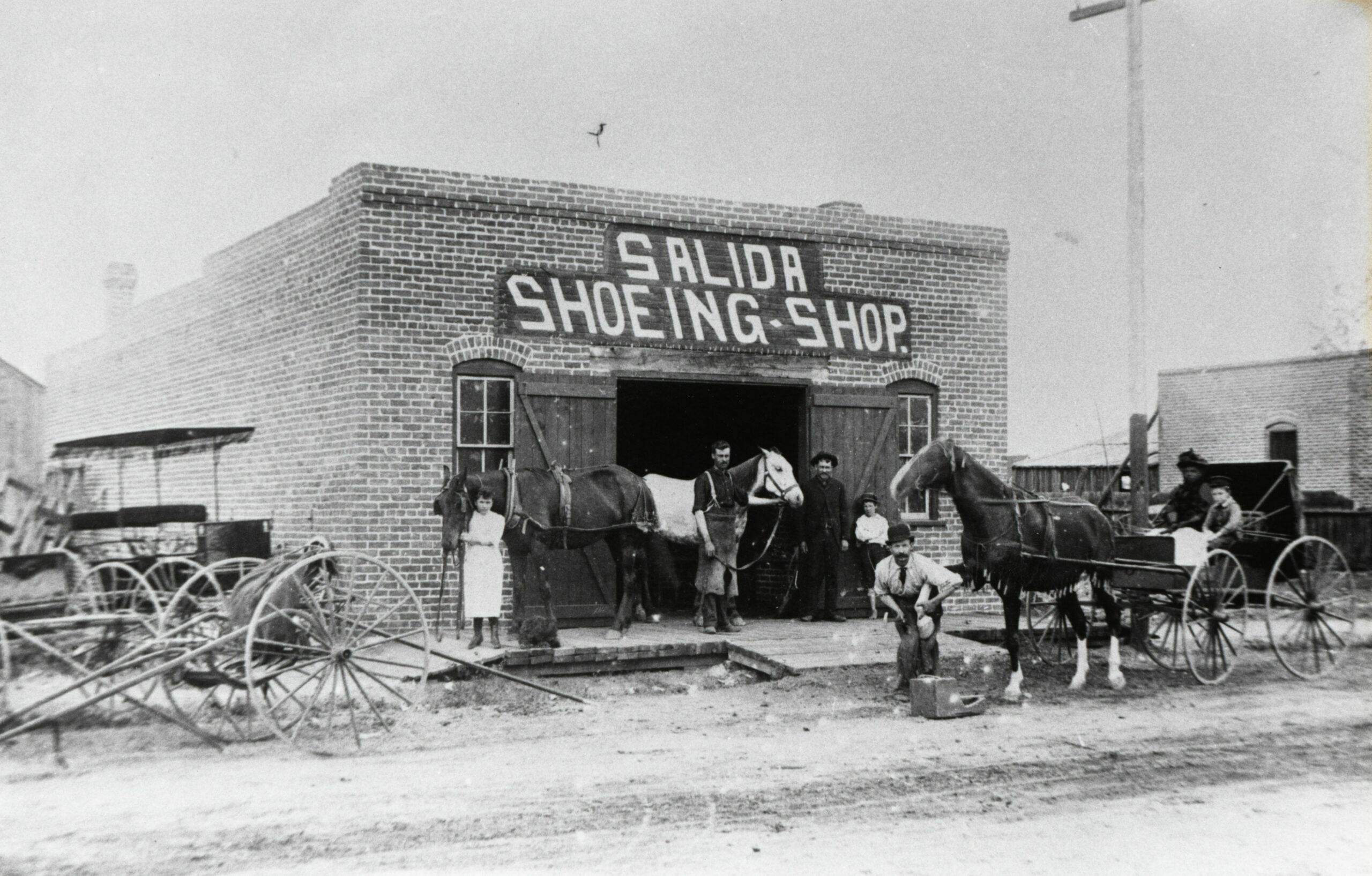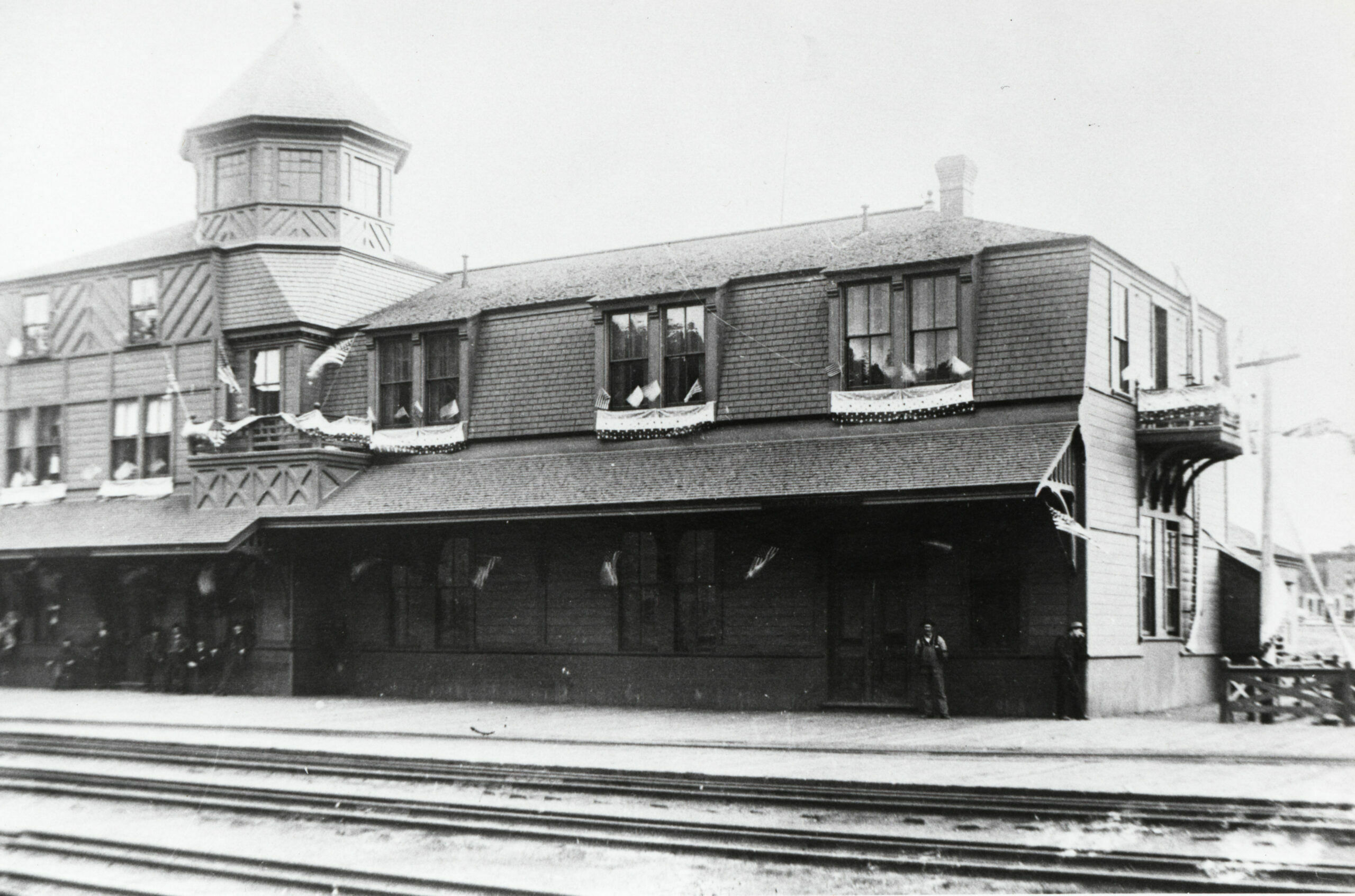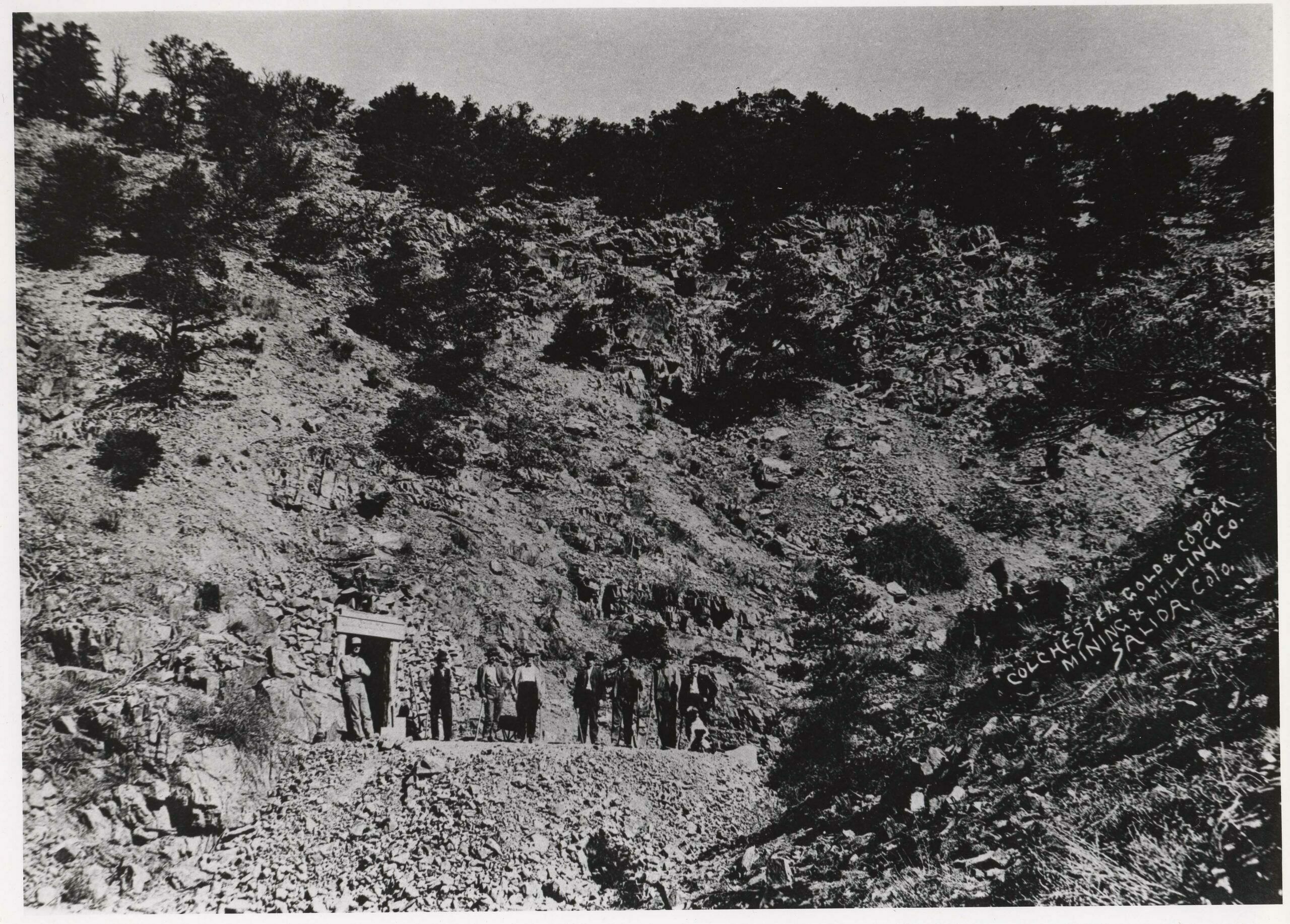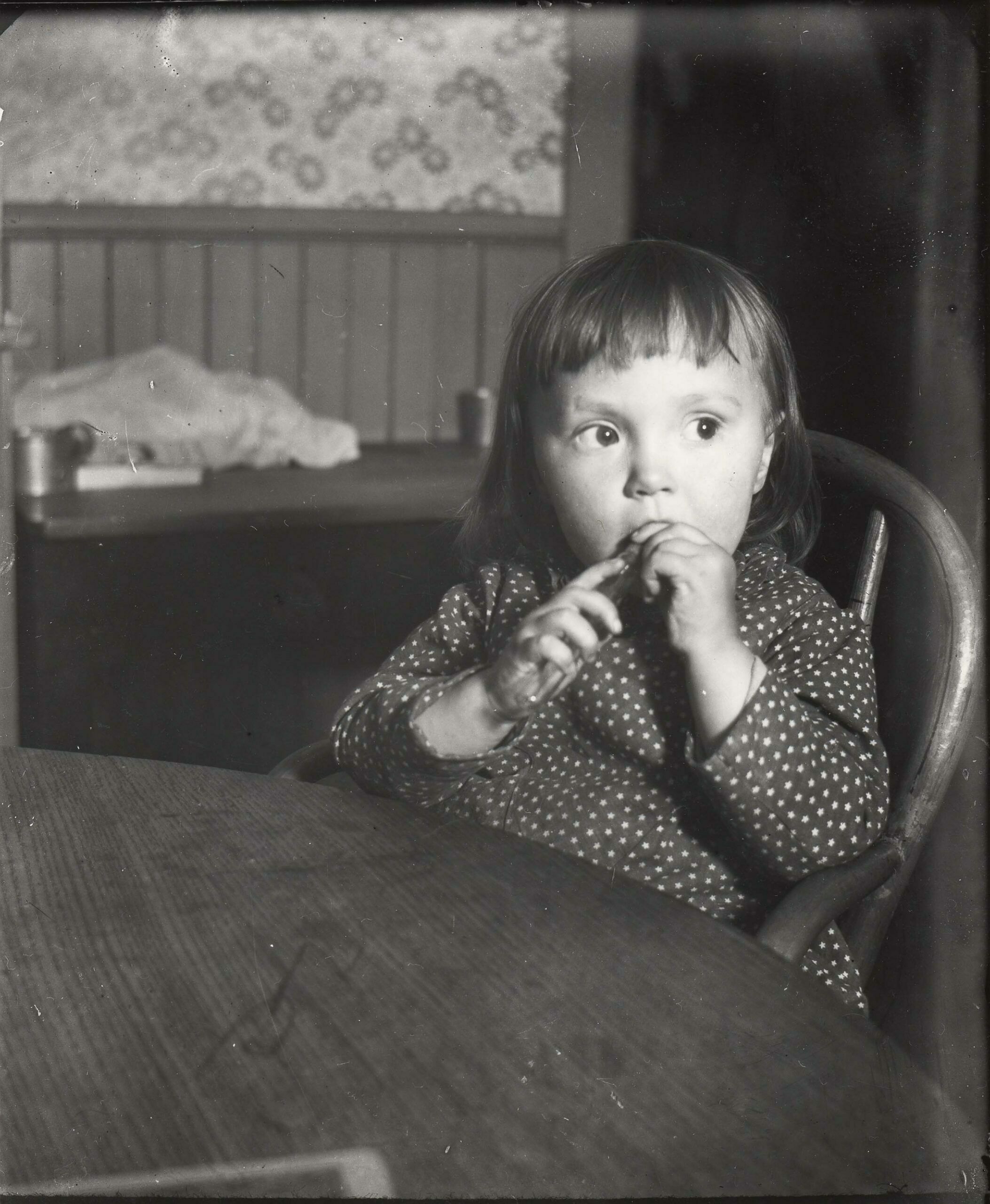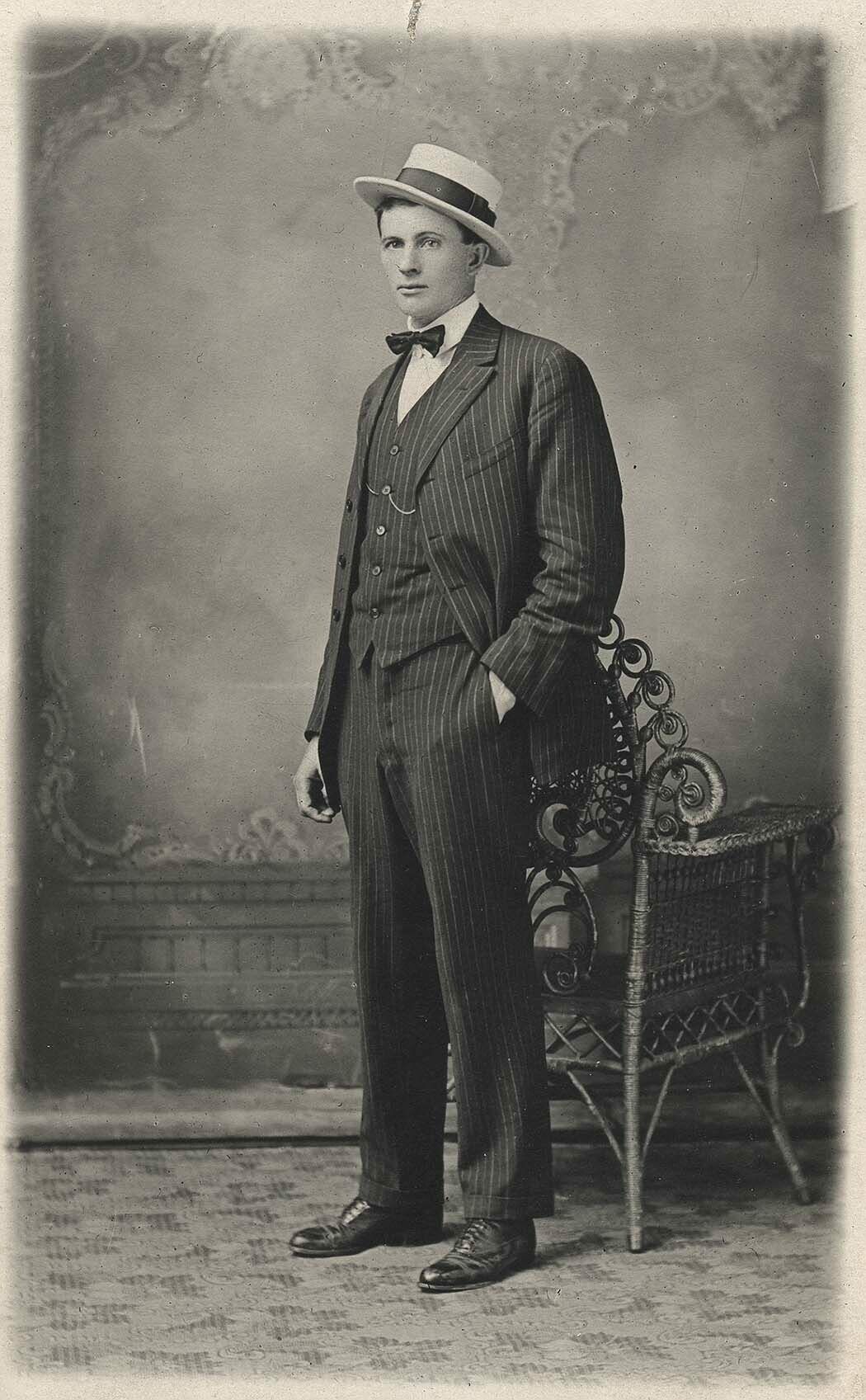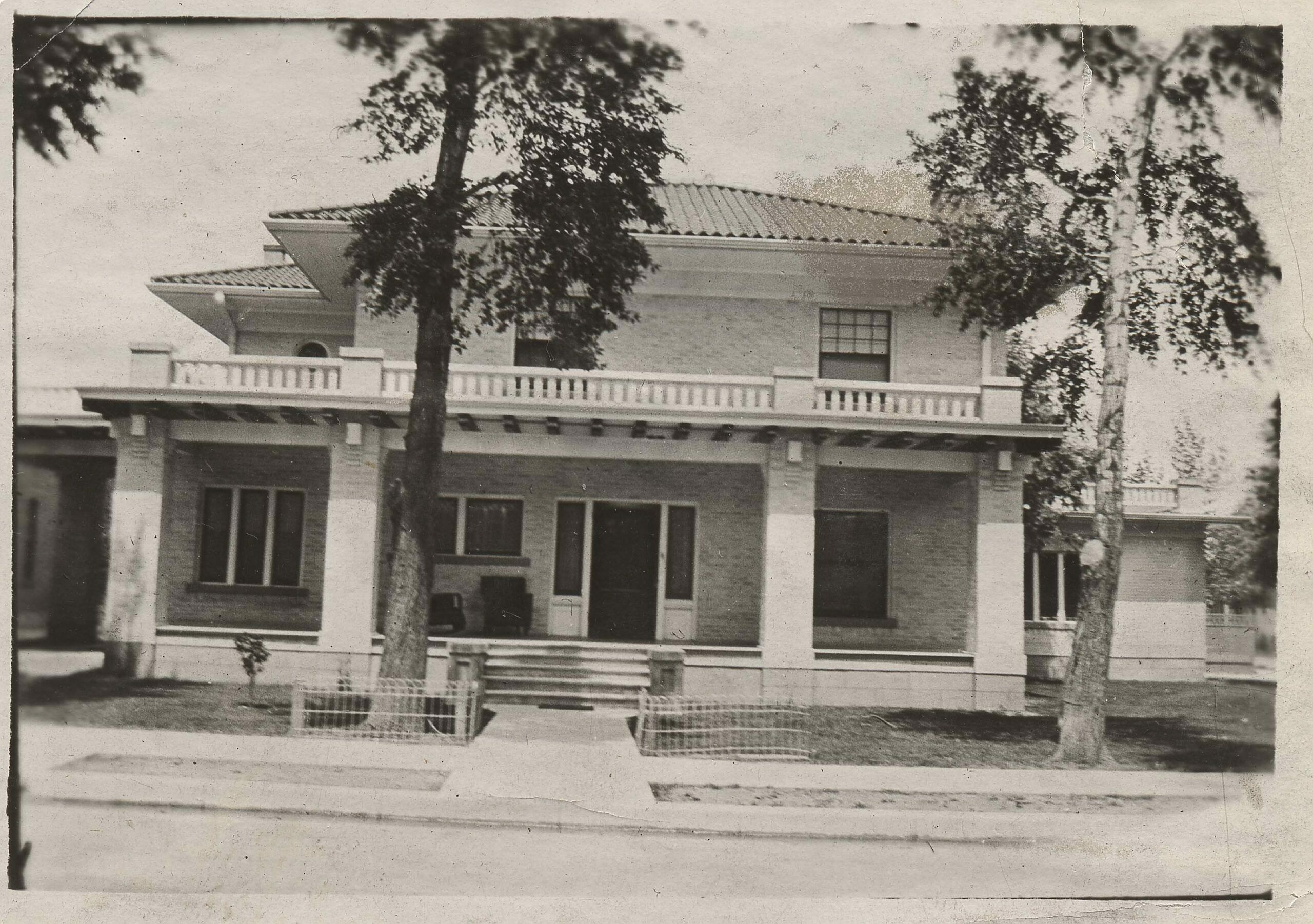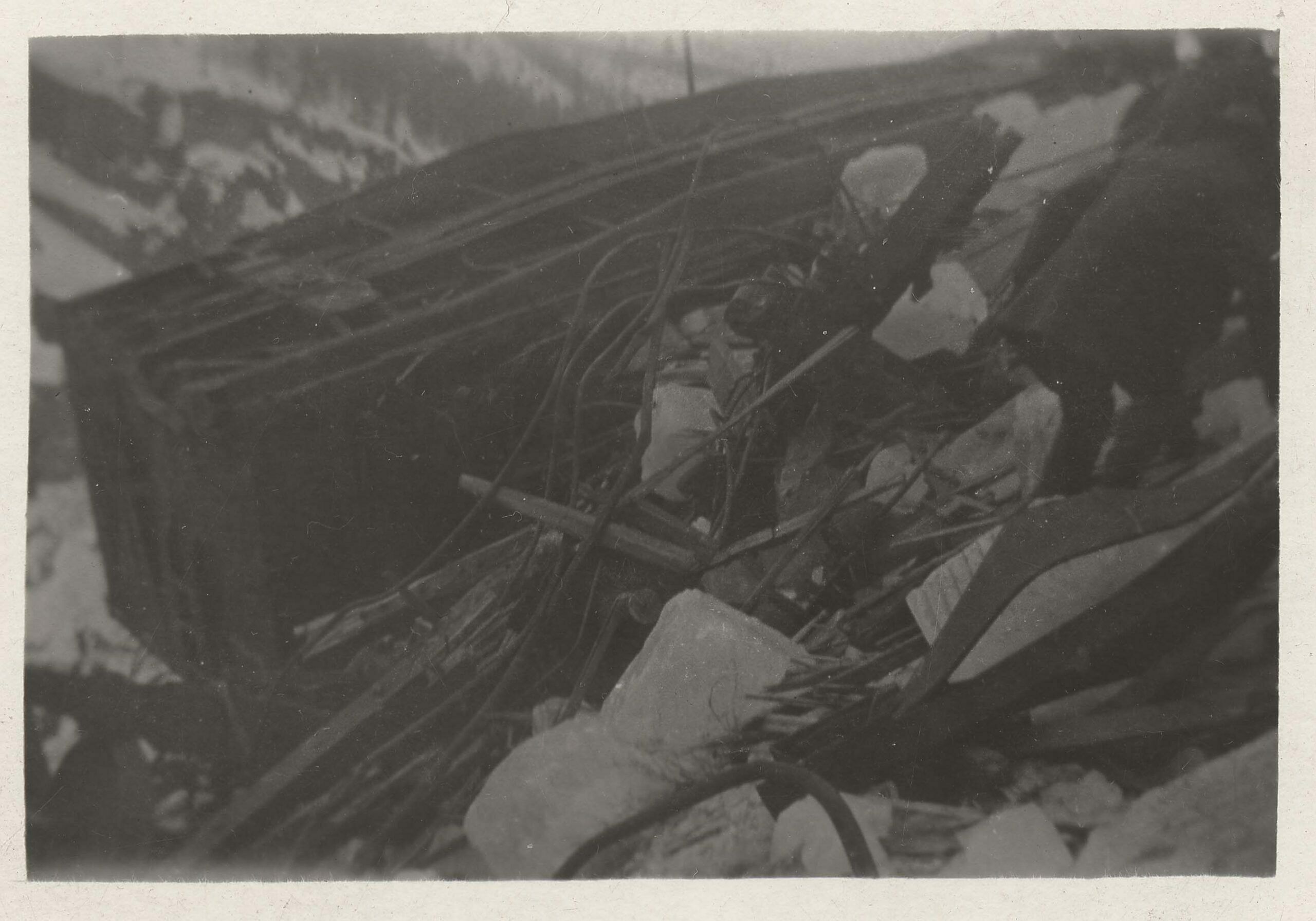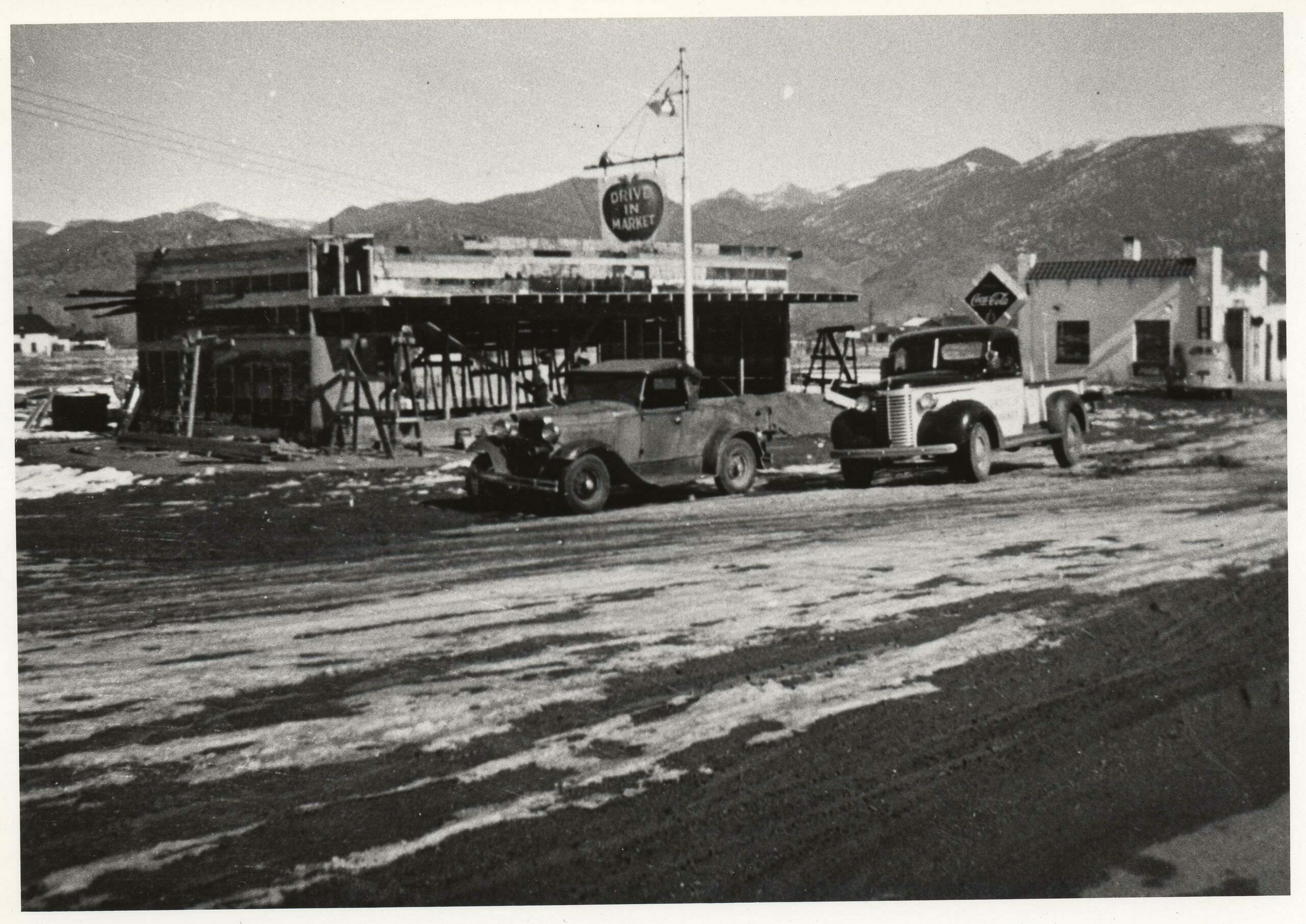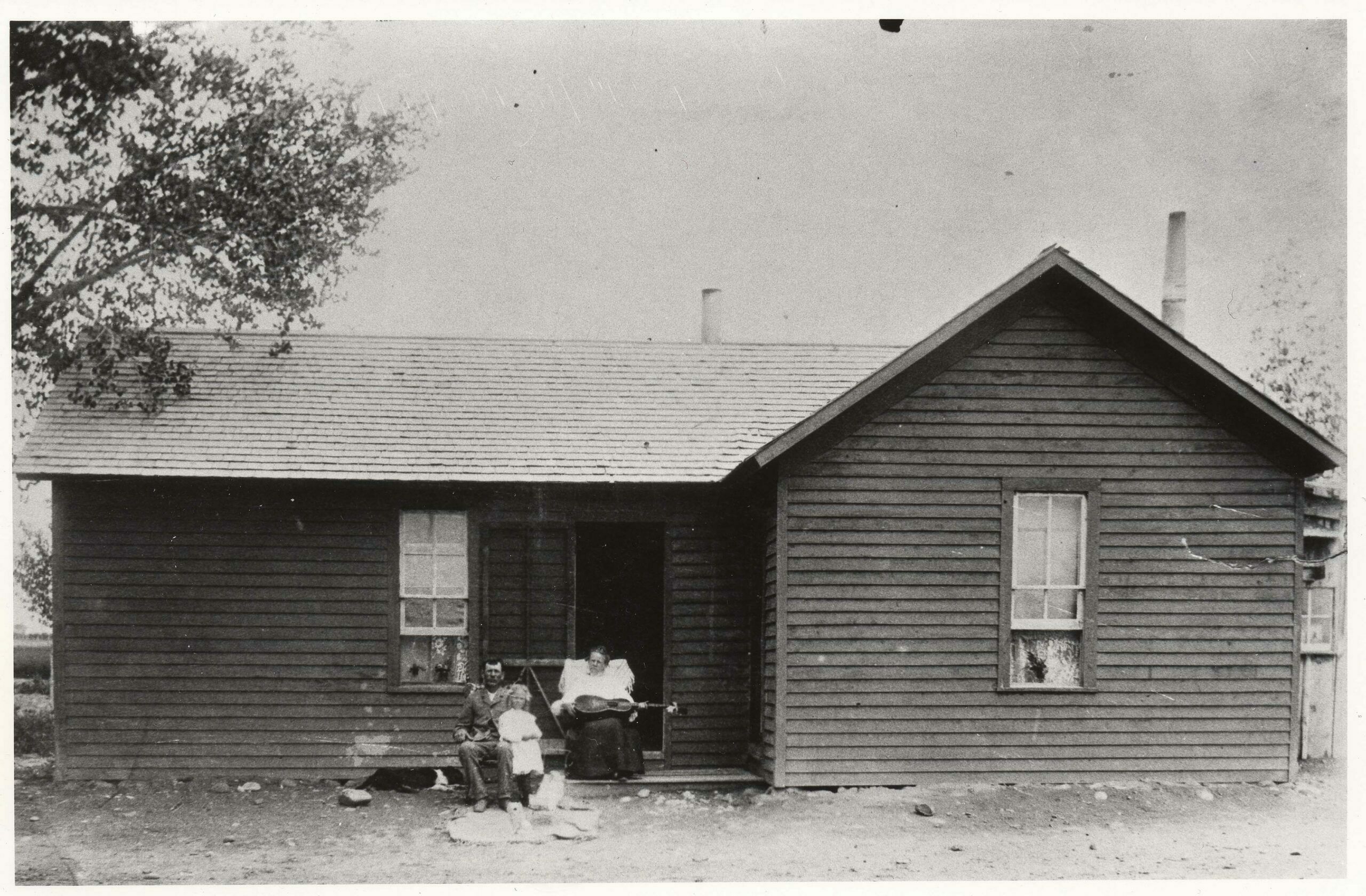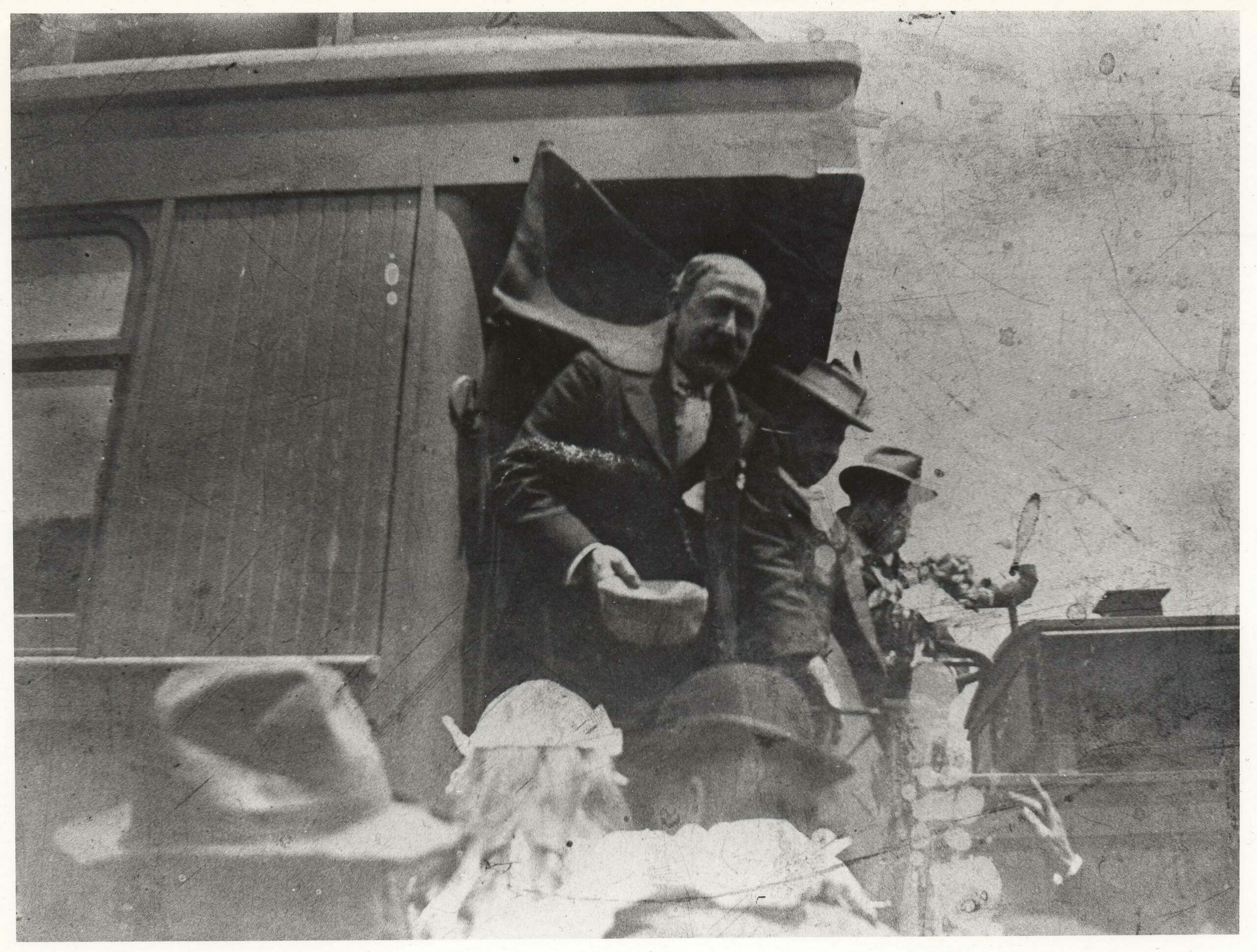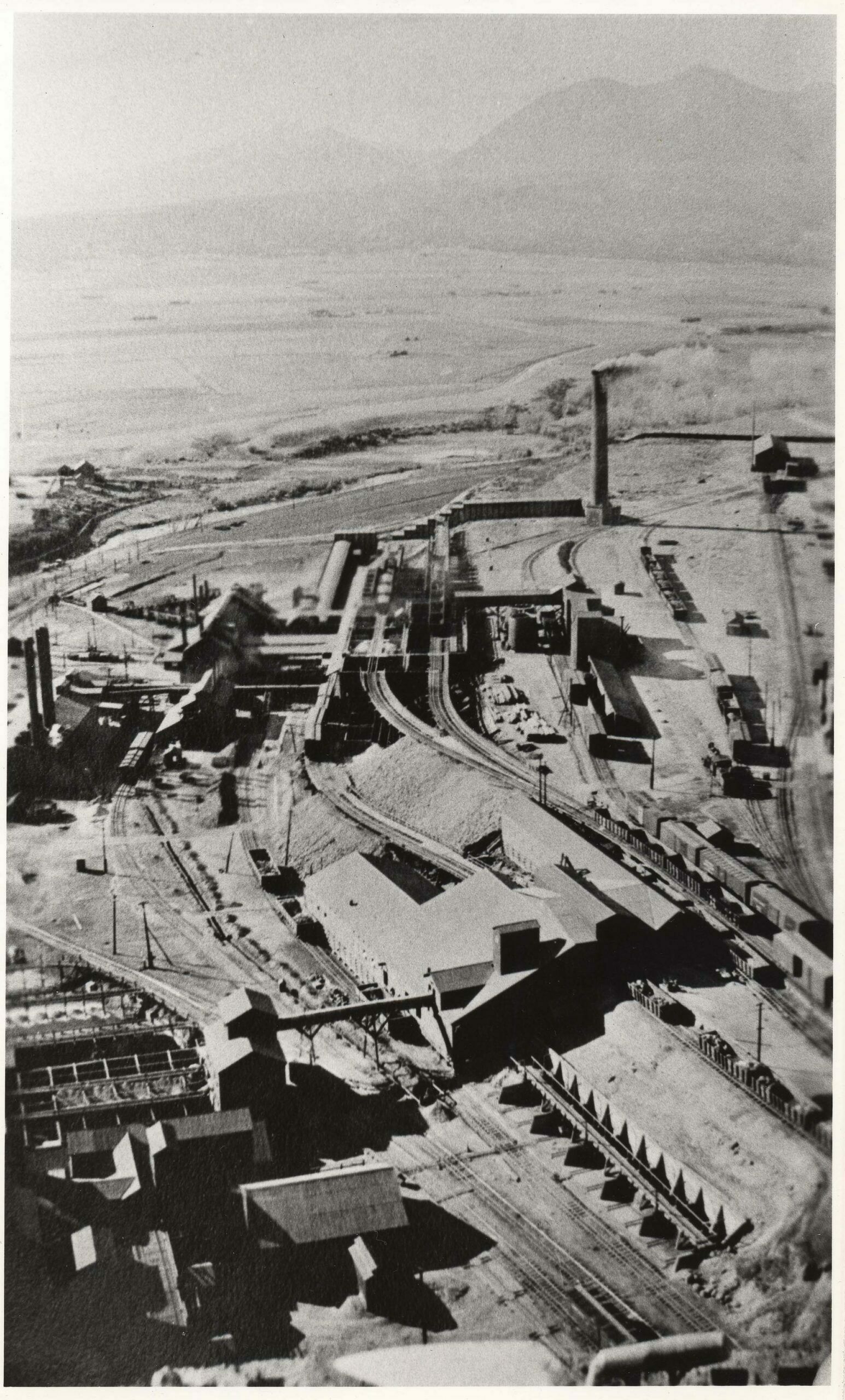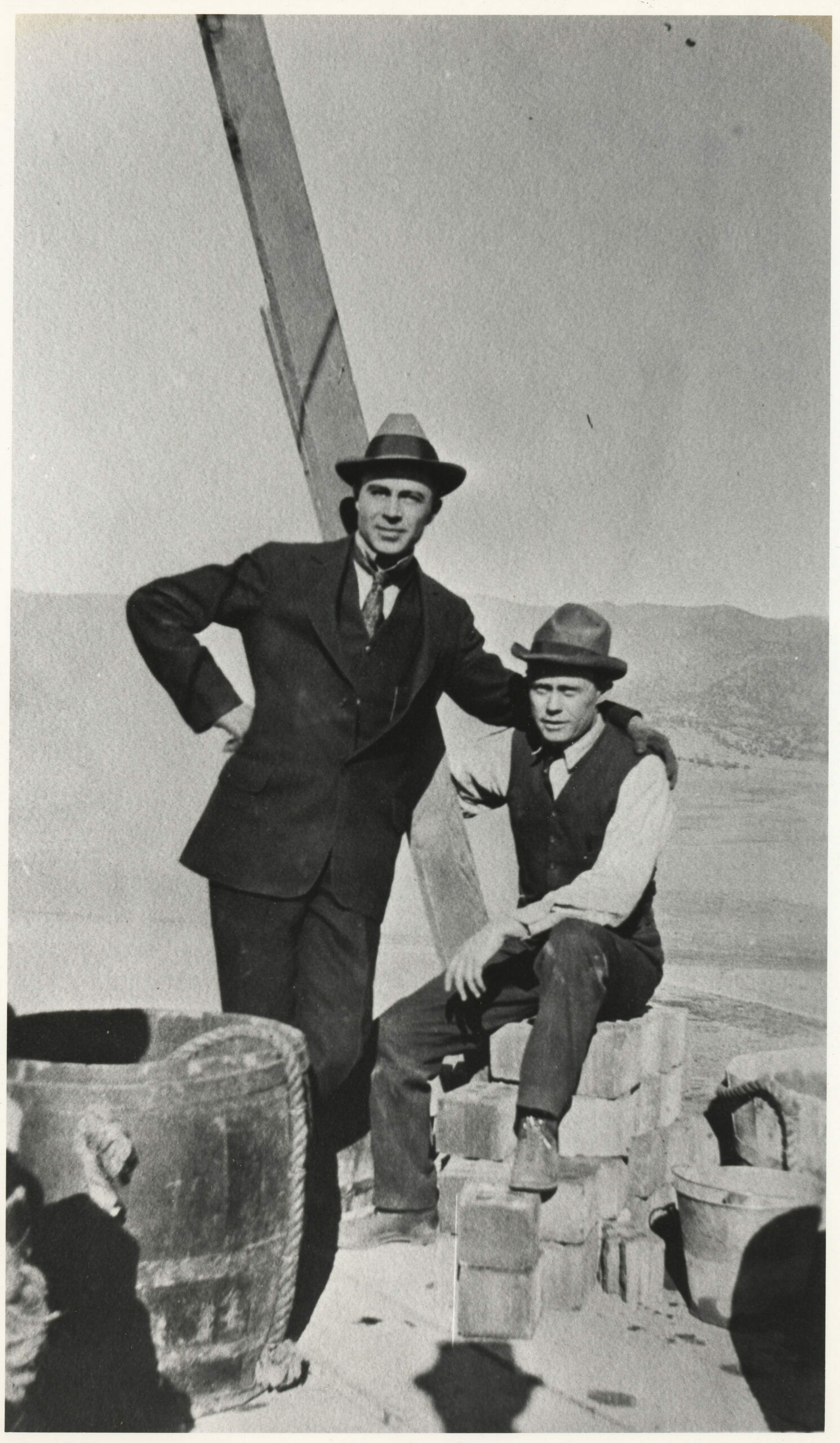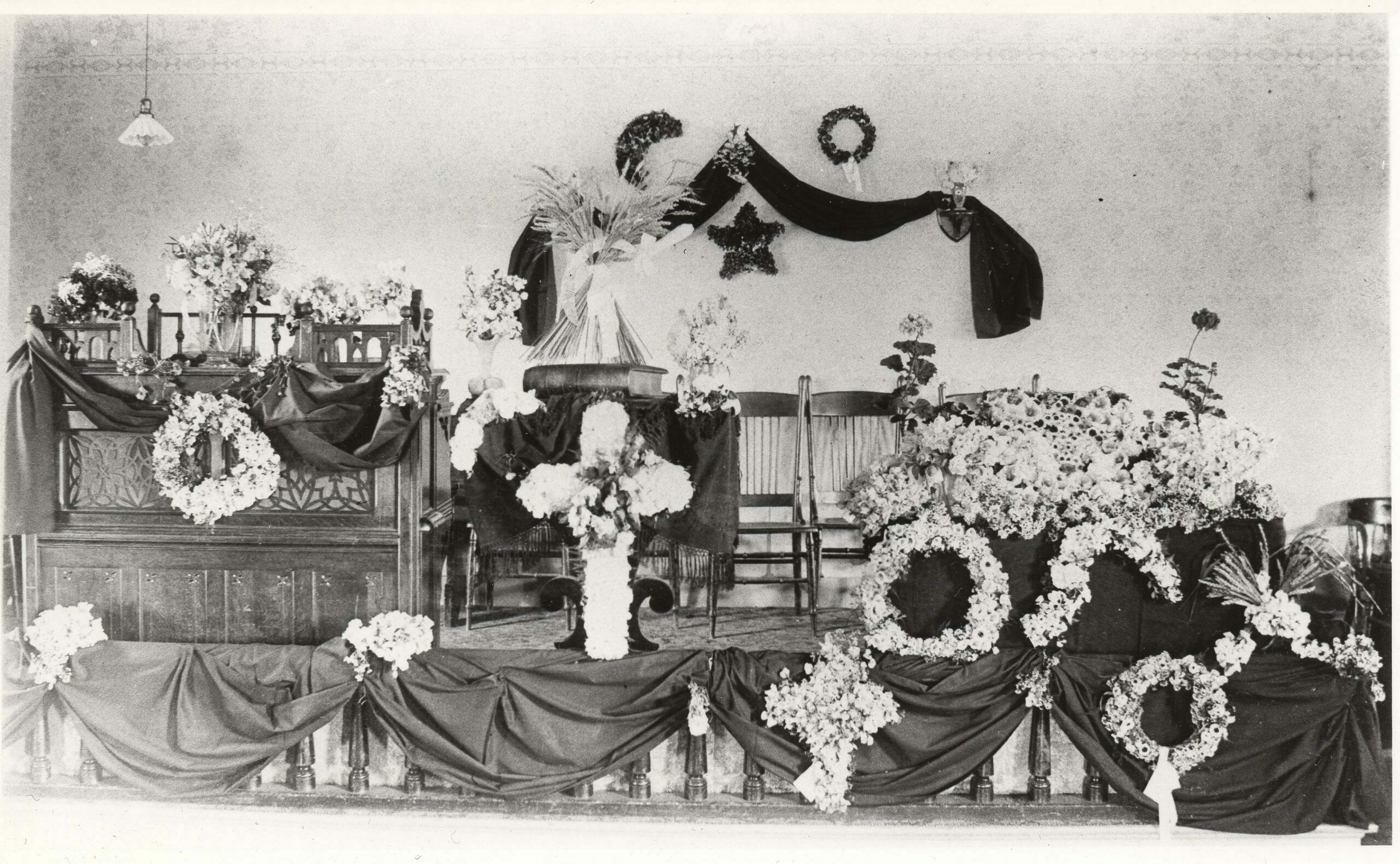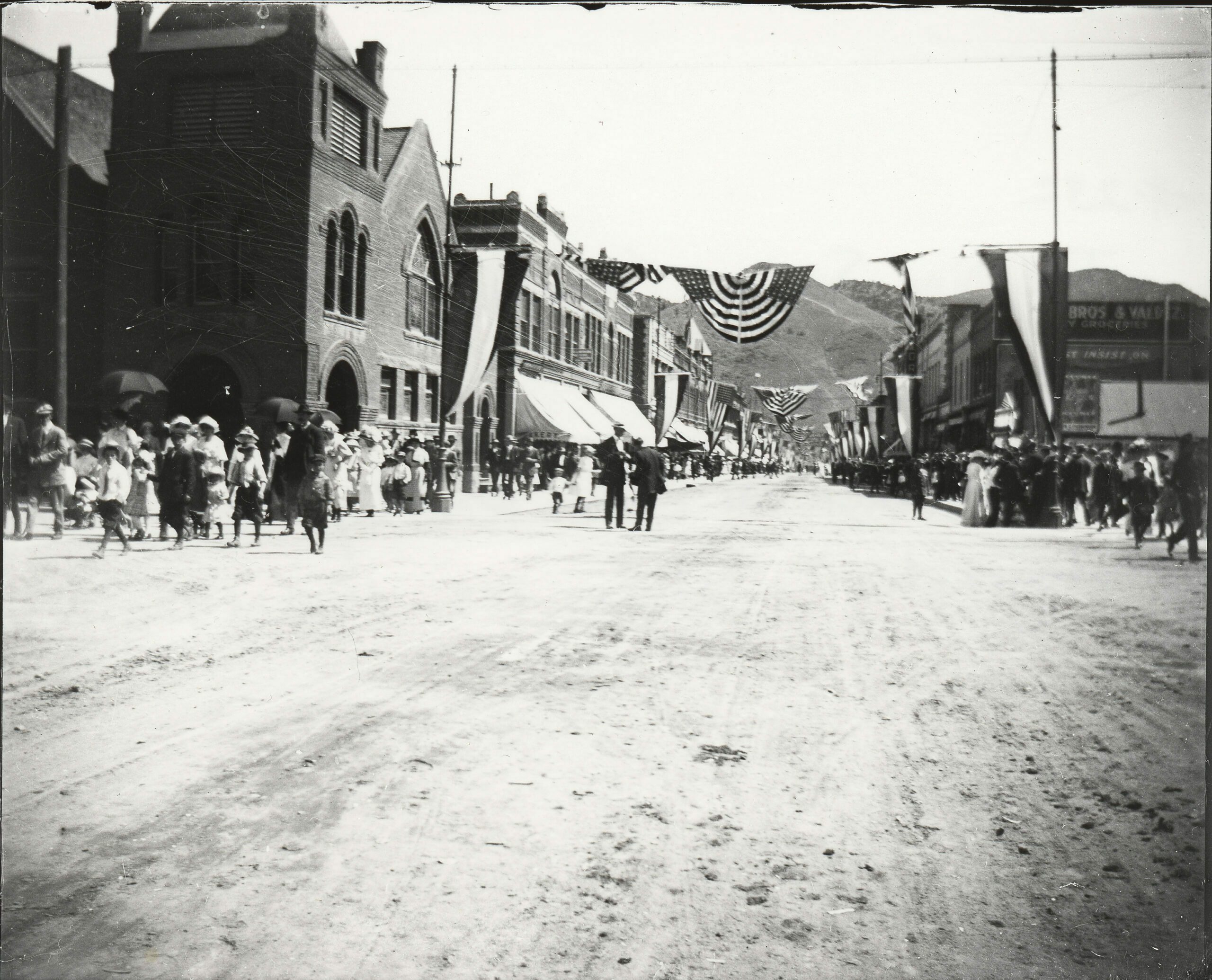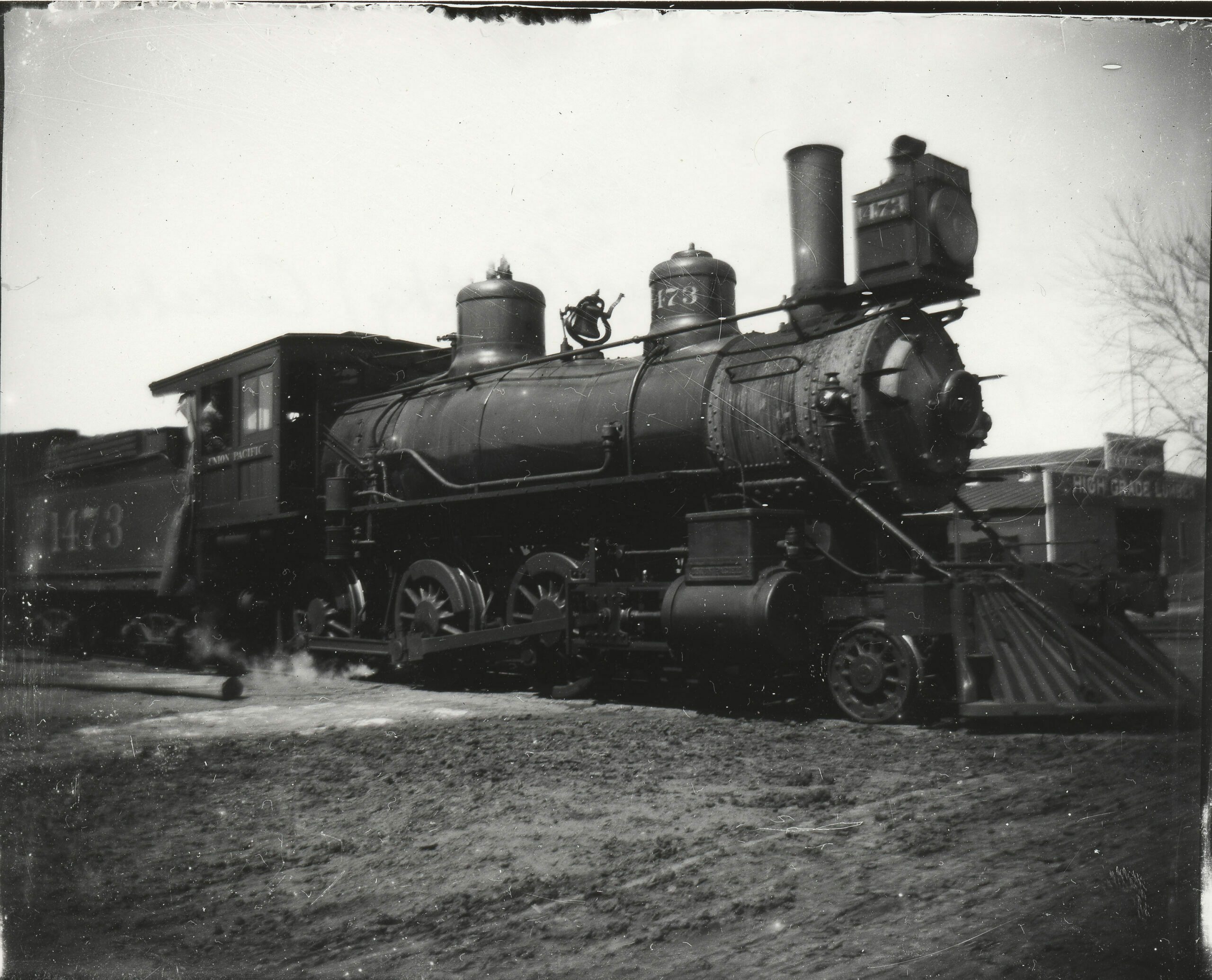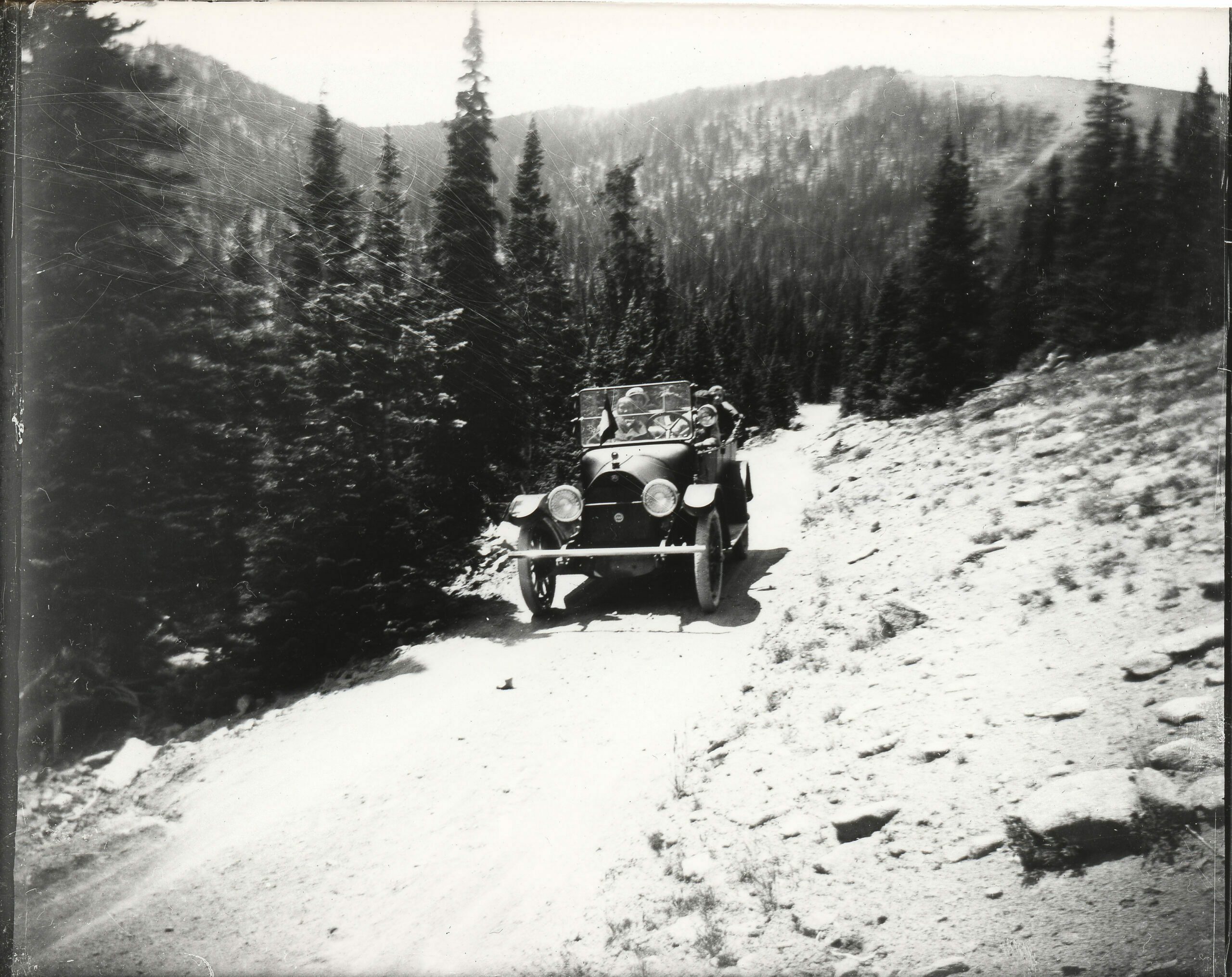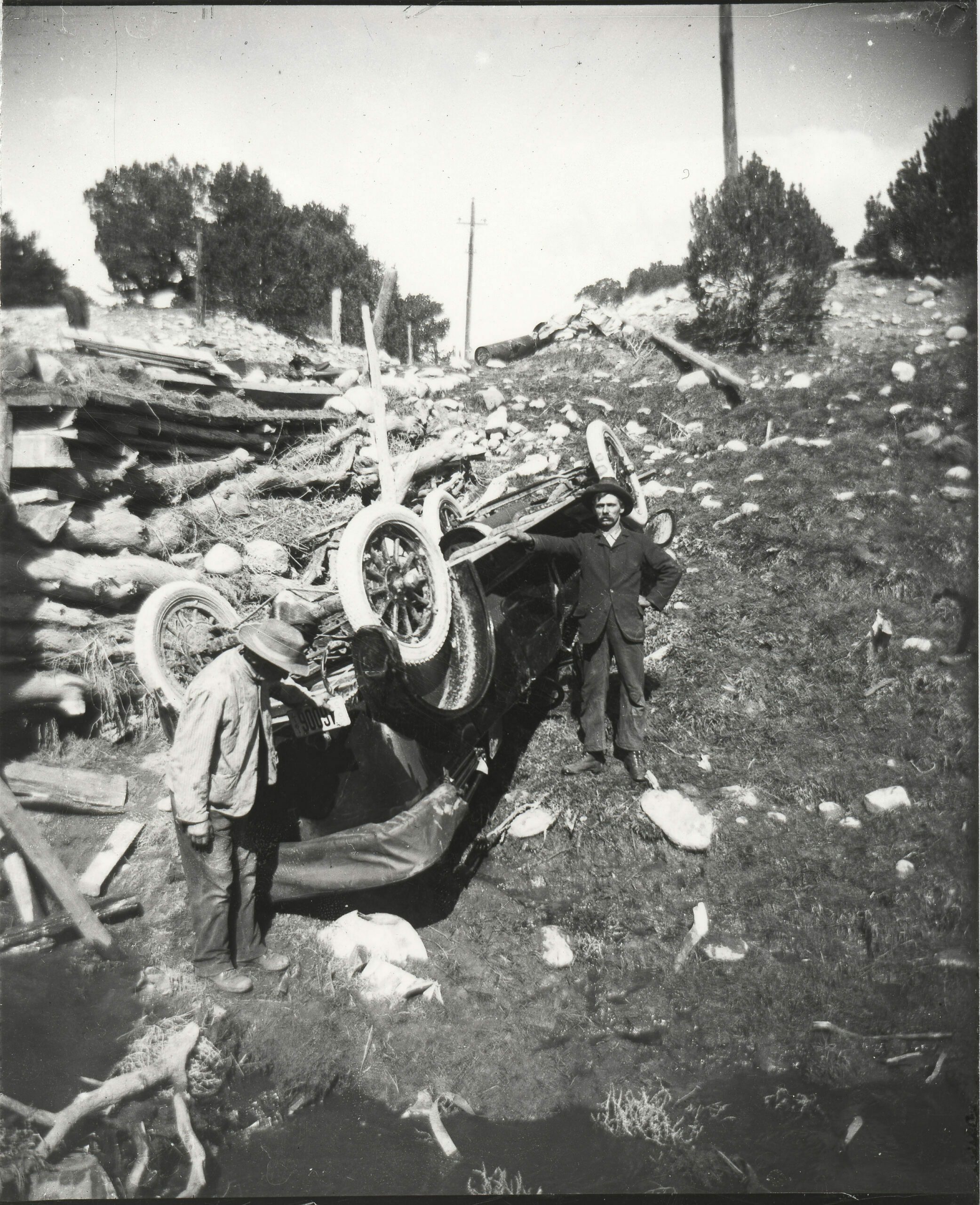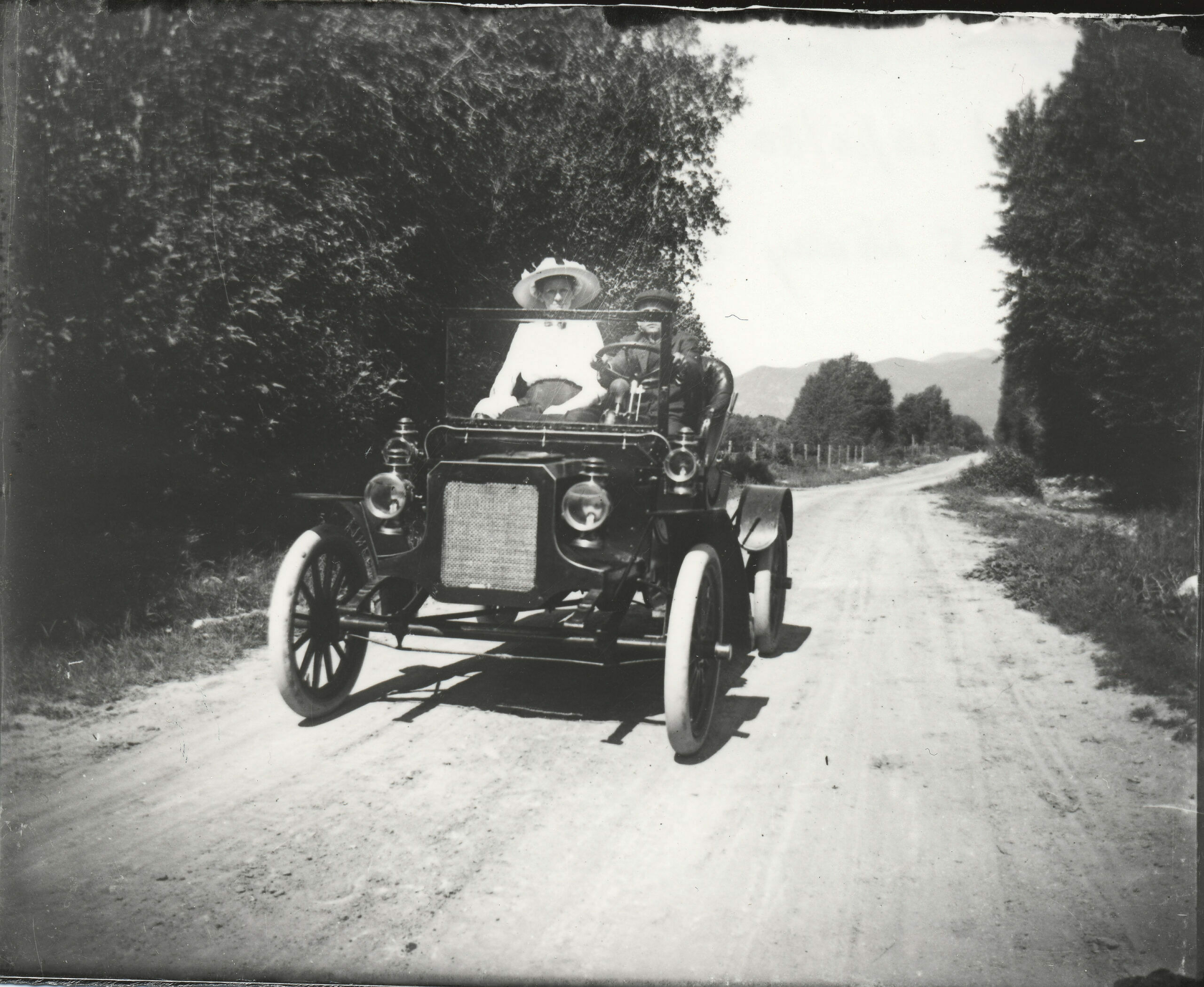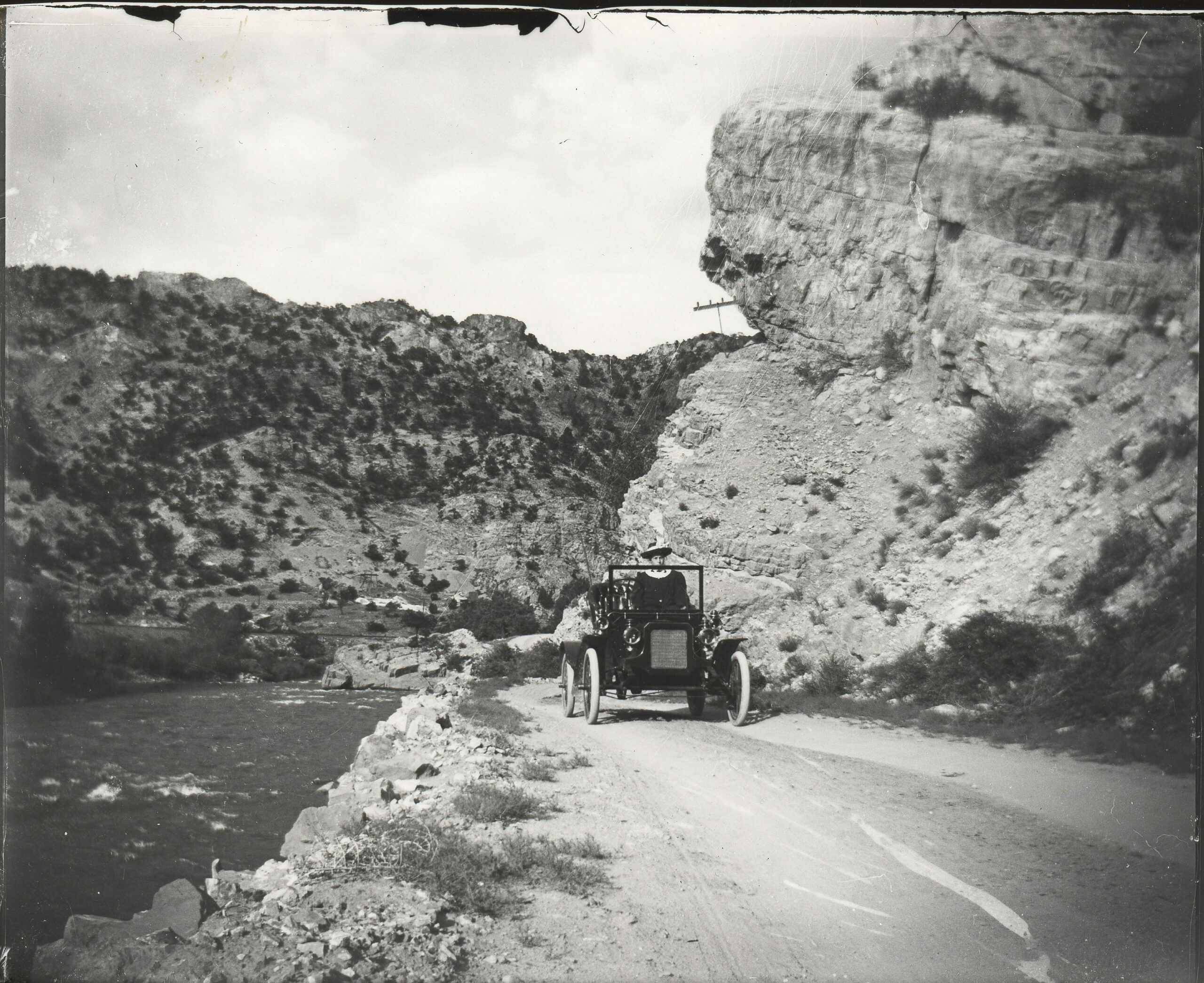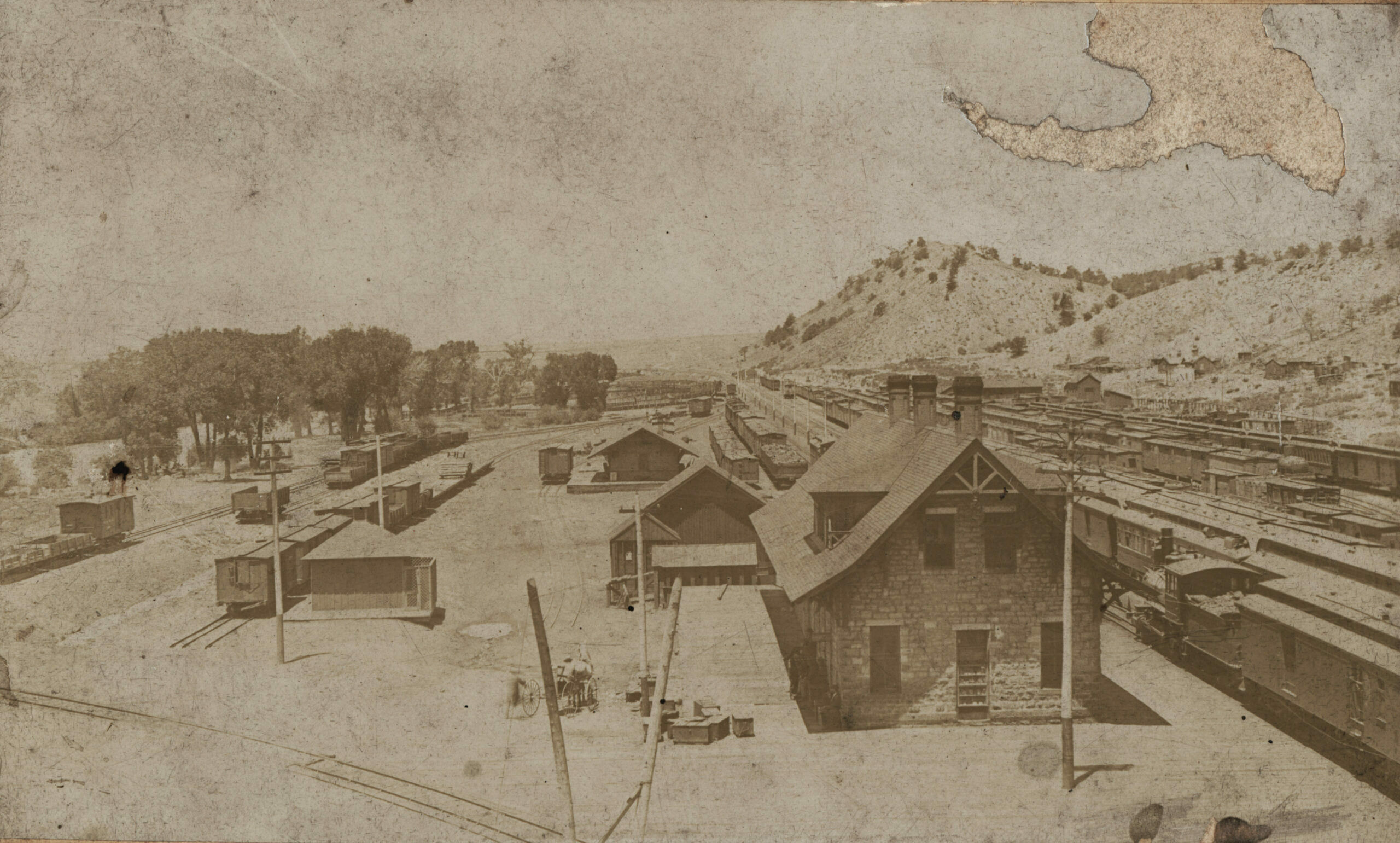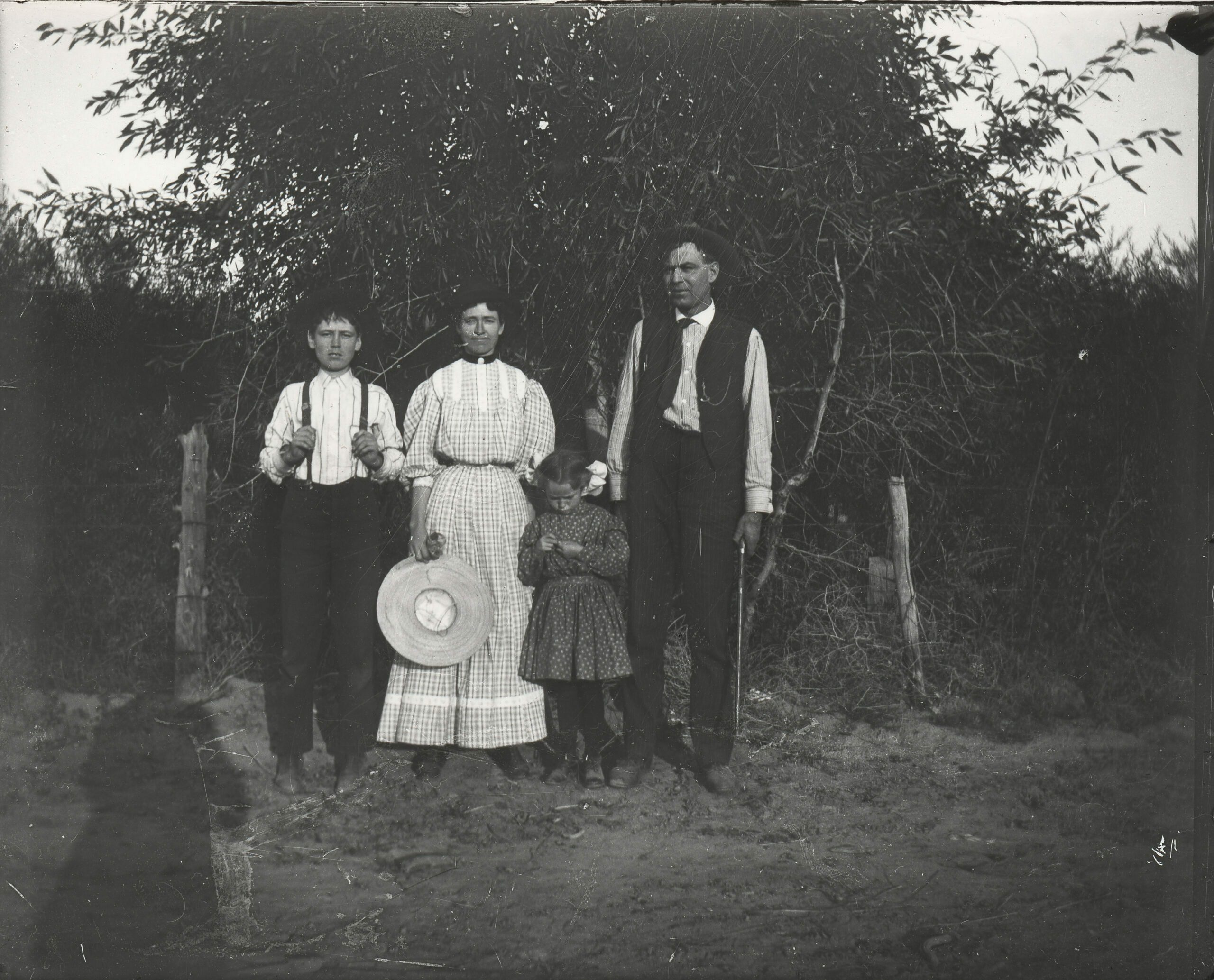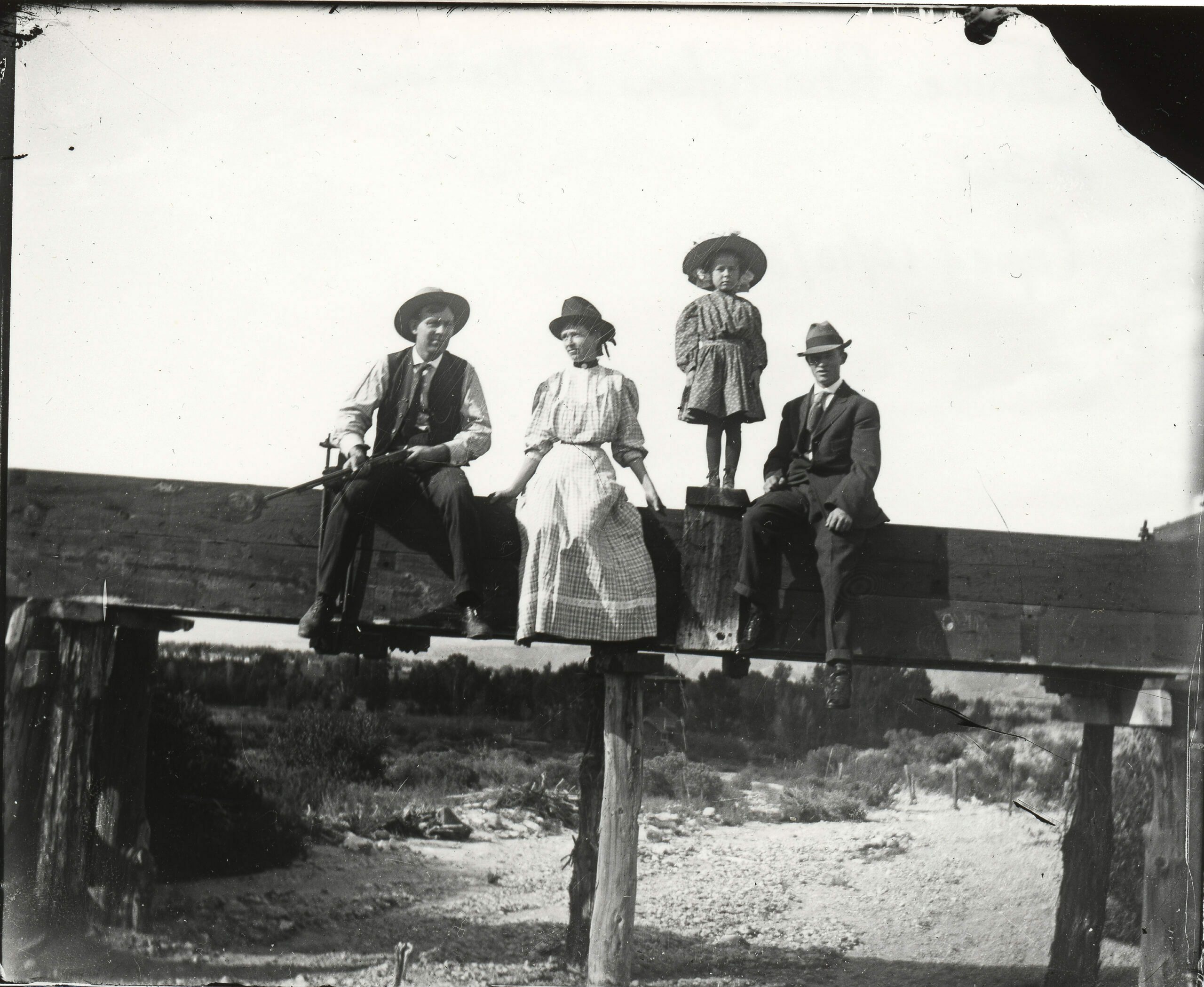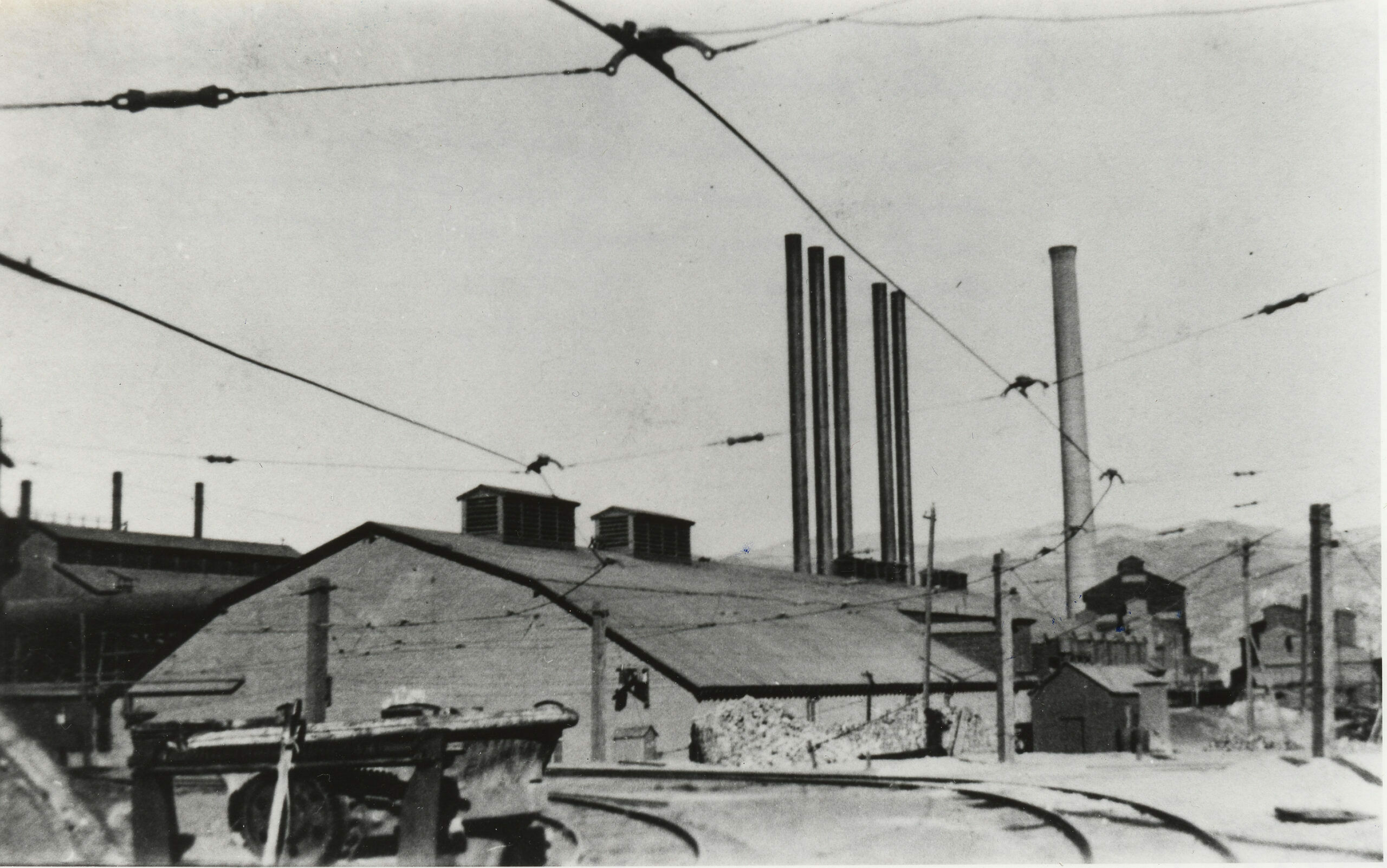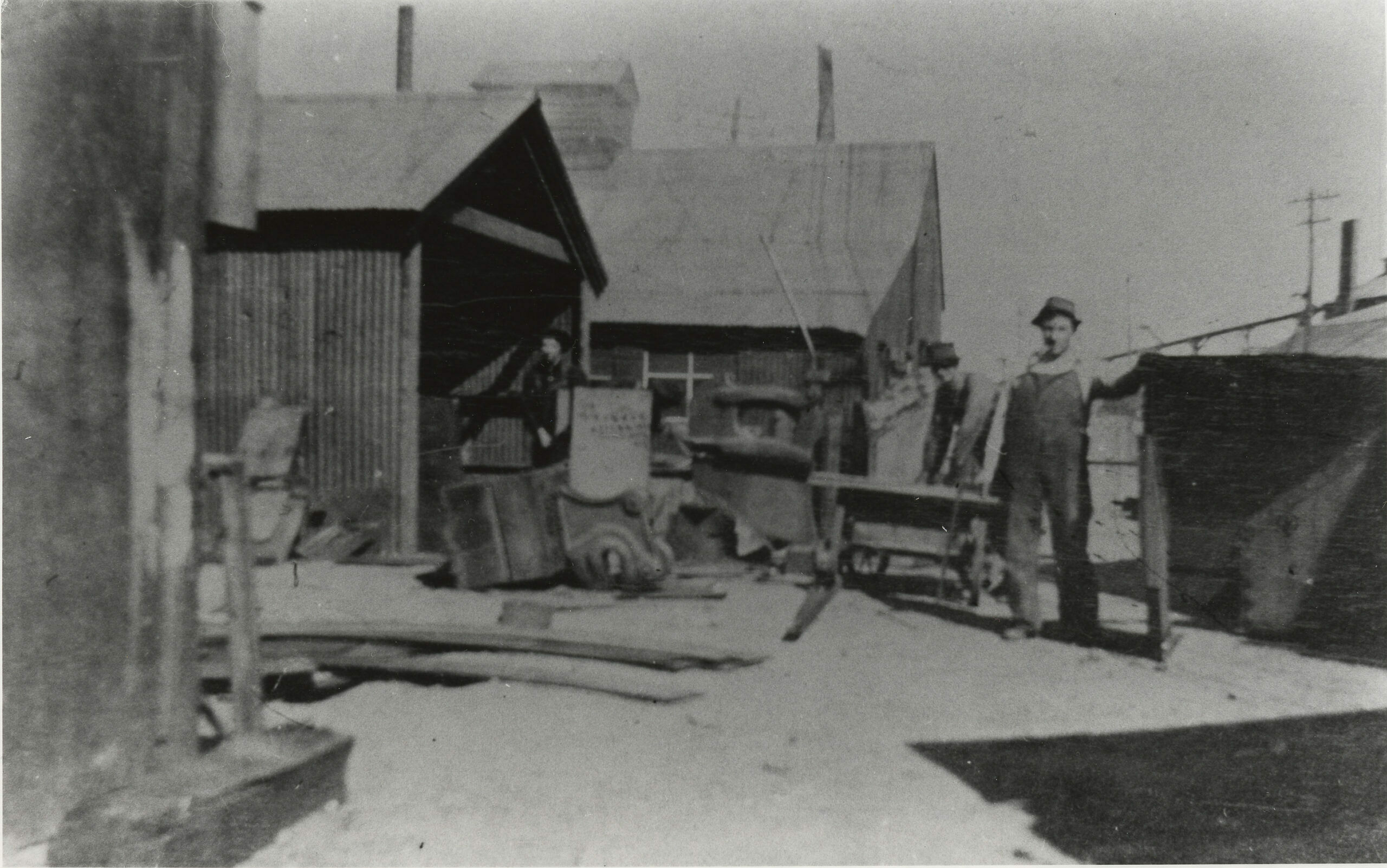Salida Centennial Collection
The Salida Centennial Committee compiled this collection of old photographs as a celebration of the 100 year anniversary of the founding of Salida, Colorado.
Photos in this collection have been donated from the following collections:
John Ophus
• Frank Thomson
• Donna Nevens
• Salida Museum
• Alice Chinn
• Salida Fire Department
• Josephine Soukup (Kratky)
• Ernest Brownson
• Alta Proctor
• Janice Pennington
• Dick Dixon
The collection was gathered by members of the Salida Centennial Committee photo sub-committee. Members include:
• Dick Dixon
• John Ophus
• Carol Kellerman
• Barbara Snyder
Other Salida Centennial Committee members are:
• Charles Melien
• Charles Brown
• Marion Reynolds
• Richard Harris
• Arlene Shovald
• Gail Anderson
• Merle Baranczyk
• Pete Siemers
• Hoppy Randolph
John Ophus Collection
Steve Frazee Collection
Leonard Perschbacher Collection
Haley-Bratton Collection
Donna Nevens Collection
Nellie Ellis Collection
Harry Williams Collection
Salida High School Collection
Frank Thomson Collection
Pearl Lunnon Collection
Alice Chinn Collection
Josephine Soukup Collection
Images taken by John Kratky. John was an auto mechanic at Colorado Auto Company, 242 W. 3rd. He later owned his own garage at 148 E. 1st Street.
Ernest Brownson Collection
R.M. Stein Collection
A bibliography of the text used is from:
(1) Salida: The Early Years
by Eleanor Fry
, contributing editor Dick Dixon,
Arkansas Valley Publishing Co.,
125 E Second St.,
Salida CO 81201
(719)539-6691
(2) Trails Among the Columbine
: A Colorado High Country Anthology;
Denver & Rio Grande Railroad Town
, Salida, Colorado 1991/1992
, Sundance Publications Limited
(3) The Mountain Mail
, Arkansas Valley Publishing Co
., 125 E Second St.
, Salida CO 81201
(719)539-6691
(4) Ray Perschbacher


